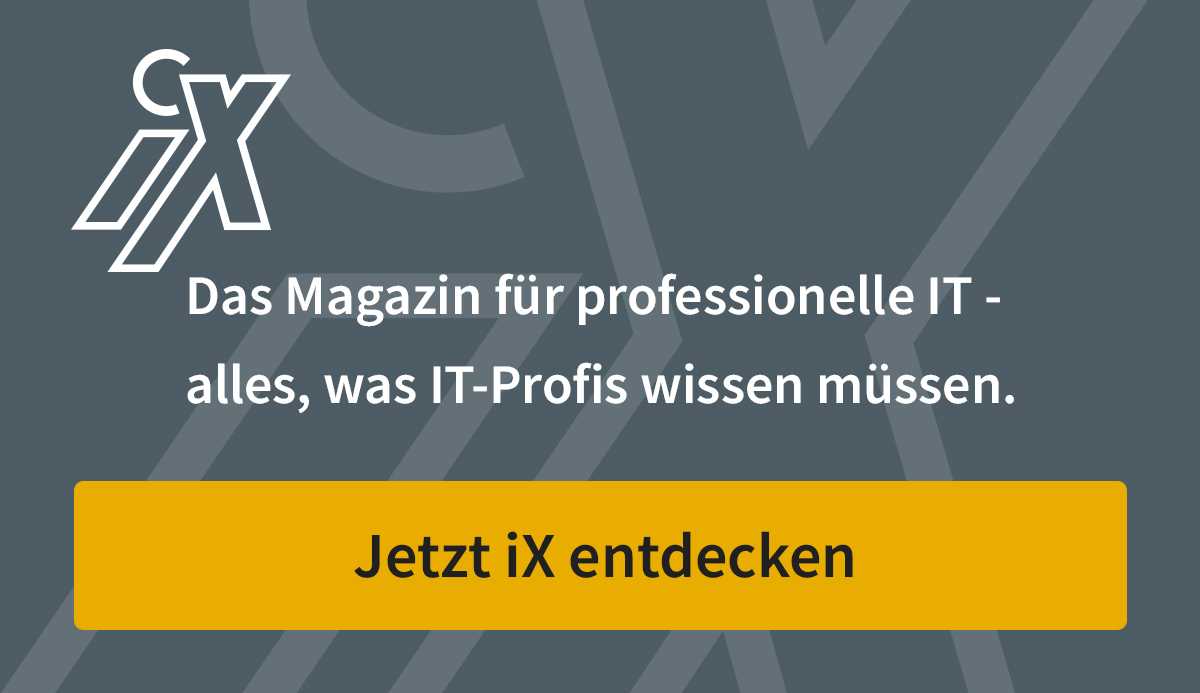A comprehensive strategic realignment, new announcements, the upcoming end of maintenance for essential programs: a lot is in flux at SAP. Under the slogan “Work in Progress”, the German-speaking SAP user group (DSAG) examined the current status of work on the portfolio at the most recent Technology Days in Mannheim. At the outset, the association’s board members, Sebastian Westphal and Thomas Henzler, suggested that SAP’s communication on product policy could, to put it mildly, be expanded. It is said that the realities of the user companies should again be given more consideration in the strategy.
Users need predictability and reliability
Especially against the background of the end of many solutions demand the DSAG representatives emphatically predictability and reliability in the product strategy. After all, users have recently had to adjust to some abrupt changes in direction – be it in the form of outsourcing such as SAP Fioneer (financial industry) or Business ByDesign (cloud ERP) or withdrawals such as with the IS-H hospital solution. Even with some of the cloud services (IoT, AI, etc.) initially pushed by SAP as an innovation, the IT departments in the user companies had to backtrack to their specialist colleagues because the manufacturer suddenly reoriented itself.
Due to the major changes in the portfolio in general, topics such as easy migration, integration capability, data protection and IT security are more relevant than ever for SAP users. A fundamental problem: Even today, they still miss some of the functionality they have grown fond of in the new SAP product world and are hoping for complete functional equality in the near future. Timely can mean eight years, as the example of S/4HANA shows. The ERP generation launched on the market in 2015 will a final status only this October gain. The incomplete compatibility with the traditional ERP system made many companies hesitate to make the switch.
However, time is running out. Because in 2027 or 2030 (for an additional fee) the maintenance of the previous product world will relentlessly expire. Not only the ERP system is affected by the end, but also important supporting applications. The problems that can be associated with this can already be seen in supposedly manageable features such as the Adobe Document Service (ADS), with which, for example, labels can be printed with low latency in production. Its basis – the traditional platform Netweaver (specifically the Java stack) – will be switched off in 2027/30 and a successor product is only available in the cloud so far. SAP’s chief engineer, Jürgen Müller, promised to present a concept for the on-premises world shortly.
The topics of application management and integration were identified as further construction sites in the SAP world in Mannheim. “Replacing the Solution Manager as the central element of today’s SAP architectures requires a cloud application lifecycle management product with the same scope of services and a reliable roadmap as well as corresponding migration paths,” says Westphal. The same applies to the migration from Process Integration/Process Orchestration (PI/PO) to the Integration Suite. With the recent launch of the migration assessment app, there is at least initial help for PI/PO. Basically, the DSAG representatives criticized the lack of a uniform test and transport system as well as comprehensive operating and monitoring processes, especially for multi-level, hybrid SAP landscapes. This is not yet sufficiently taken into account in many cloud platforms and accordingly slows down the adaptation of the new products or services of the BTP (Business Technology Platform).
Danger of rising costs with the cloud
The licensing issue is mutating into a major construction site in the context of the cloud. The increasing modularization of solutions that were previously included in the ERP and are now marketed separately via BTP increases the complexity of licensing and administration. Ultimately, this means that user companies are confronted with different SAP salespeople and sometimes different license metrics. There is a risk of sharply rising costs for SAP (ERP) landscapes. This also applies due to the lack of concepts or solutions for development and test systems at the BTP – because in order to achieve multi-level according to the current status, a service sometimes has to be licensed several times. At least officially, there is currently no distinction as to whether a service is used productively or only for test purposes. From DSAG’s point of view, there is an urgent need for a holistic pricing policy in the cloud, with associated license models that can also be scaled down.

(fo)

